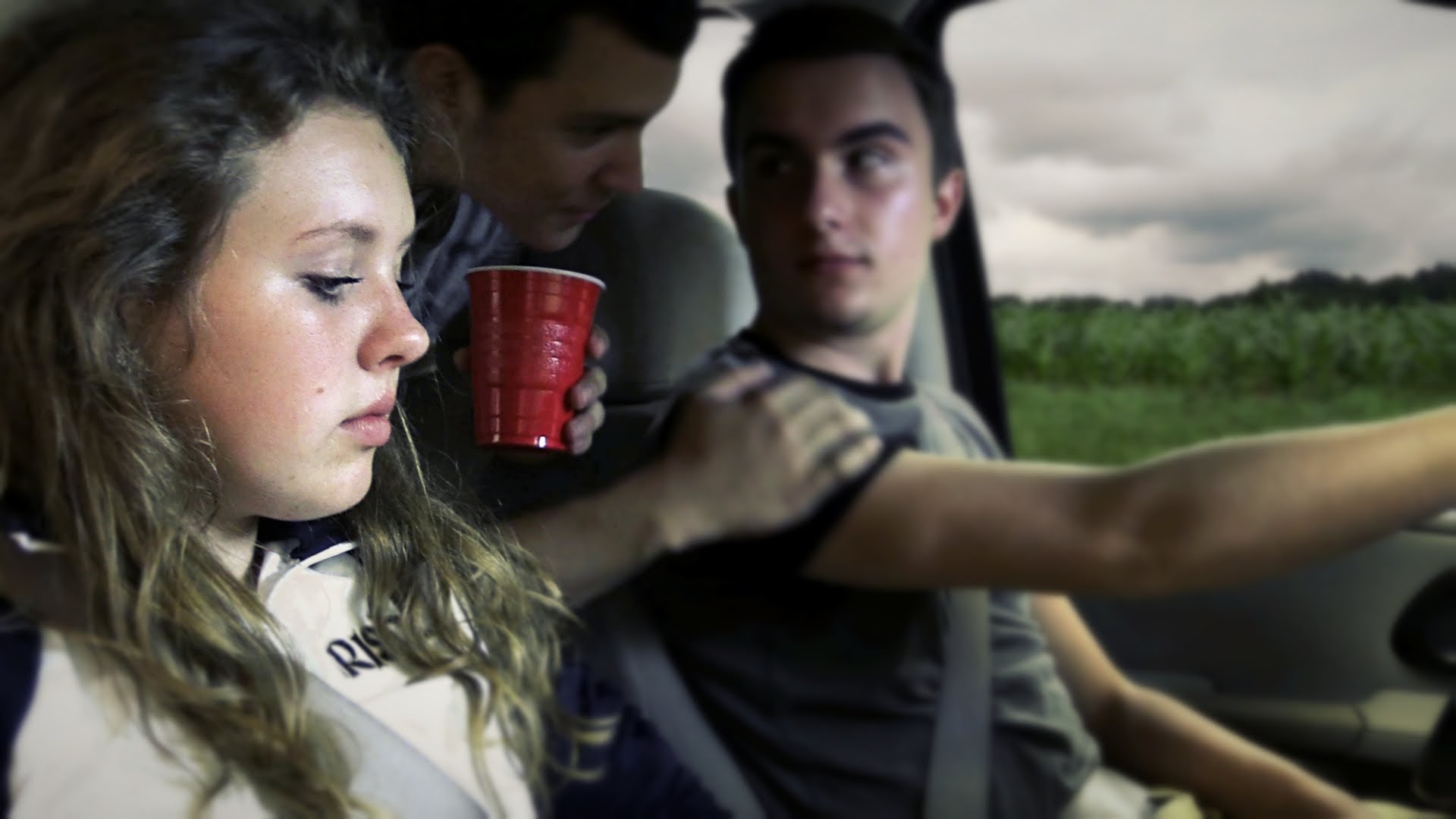Peer Pressure
A Common Adolescent Experience
It’s not a trend, but every adolescent is following it. It’s not a drug, but every adolescent is taking to it. It’s not a uniform, yet every adolescent seems to be wearing it and it’s not a norm, yet every adolescent seems to be complying to it. It engages adolescents all the time, it forces them to participate in it, and it controls them to an extent which governs their lives beyond their own will.
What is this pressure that surrounds each adolescent and drives them to function in similar directions?
This phenomenon is commonly known as ‘PEER PRESSURE’. It is the influence of peers, of friends, and of students in school and college. It’s not a concept everyone talks about but a practice each one has atleast once, indulged in.
But what does this term peer pressure really mean? Peer pressure is the influence or impact that a peer group or an individual has on others around them by compelling them to change or alter their actions, behaviours, values and thinking either by showcasing their behaviours as superior or by their words convincing others to be like them. Peer pressure not only involves the ones who set the so-called trend, but also those who get influenced by it so easily. For those who unconsciously or consciously get carried away or develop a herd mentality, and just follow through every popular influence are also not completely at fault. The biggest challenge for an adolescent within the realms of peer pressure is the ability to say ‘no’ and it is this inability which disables them from withholding themselves from doing what everybody else is doing. Peer pressure is when adolescents are influenced by their peers to do something that is considered ‘cool’ or is the ‘in’ thing to do. Peer pressure impacts every adolescent’s life every now and then.
Why do teenagers get affected by peer pressure? They want to be accepted, appreciated and considered desirable by their peer groups. In their need to fit in, they overlook their own desires and mould themselves into the frame in which others around them exist.
According to an adolescent forum called BadgeGuys, the statistics show that 75% of 12-17 year olds say they’re encouraged to party with marijuana or alcohol when they see images of their peers doing it. Also, a U.S based study in 2001 showed that peer pressure is constantly implicated in excessive drinking of college students and that peer pressure in this regard is a result of three distinct influences: overt offers of alcohol which may range from polite gestures or intense commands to drink, modelling which may occur when a student’s behaviour corresponds to another student’s concurrent drinking behaviour, and perceived social norms may serve to make excessive drinking appear common and acceptable to the student.
Peer pressure is very common and has innumerable examples. For instance, a group of friends in college decide to bunk a lecture in college and go out for a movie instead. One of the friends in the group may really want to attend that lecture and may even say so, but the other friends are likely to convince that friend by saying : “Oh, come on! Its just one lecture!” And all the other friends saying this may then seem appropriate to that one friend who eventually goes along with the decision to watch a movie. Another example is when four out of six peers smoke and the other two don’t like smoking but just stay around for the others’ sake, at some point one of the four peers who smoke may say, “Hey there’s no harm in trying a cigarette, atleast once!” This dialogue inspite of not sounding morally correct to the two others, one may agree to it and join them in smoking. Now that one person who is the only one not smoking is also likely to feel left out and give in to trying a cigarette. This is how most adolescents experience their first smoking encounter and the same can also be said for drinking alcohol. At an adolescent’s first party, if everyone they know is drinking, they tend to feel something is wrong with them and step forward to drink alcohol simply because everyone else is drinking, hence there seems to be nothing wrong in it. This is peer pressure.
While peer pressure can either be positive or negative, it is negative most of the times. Sometimes however, staying around studious peers can lead to an adolescent becoming serious about their studies or being with high achievers may motivate adolescents towards creative fields but there are more instances where peer pressure increases adolescents’ risk behaviours such as indulging in drinking, smoking, exploring their sexuality, acting against the norms, violating social customs, taking drugs or maybe even rebelling against the moral values of family.
The primary thought that governs peer pressure is “If everybody is doing it, I should do it too” Every adolescent becomes prey to this line of thought at some point and do things that they may not have done if they were alone. Very often an adolescent may just go along with something they are against simply because they find it too hard to state their opinion or they find it easier to conform or they feel they must not shy away from the “in” culture and thus they suppress their own will and views under the influence of what others may say or do.
Alot of people tend to blame the ones who easily conform to the behaviours of their peers but this is not entirely true. Peer pressure is something that every adolescent will necessarily experience and it cannot be completely absent from anyone’s life. Adolescence is an impressionable stage at which children feel inferior, get impressed easily, want to experiment in terms of everything, want to be open to all experiences, want to be adventurous and at the same time adolescents are also vulnerable. For this reason, it is impossible for any adolescent to not be influenced by those around them, and it is only when peer pressure exerts excessive influence on a person that their behaviour can change negatively which may prove to be dangerous and harmful to them. So adolescents themselves need to understand certain things while they are subjected to this pressure and parents and teachers need to recognise that it isn’t always the child’s fault.
Tips For Adolescents-
- Understand that you are unique.
- Don’t depend on others to make your decisions every time.
- Understand that it is okay to make a choice different from your peers.
- If you decide against something your friends are doing, be firm about it.
- Learn to say NO, don’t compromise on your own will or wishes to be part of a larger group.
- Develop an independant perspective and know that if everyone is doing something, it is not necessarily right. Respect your individuality.
- Don’t feel stupid for not doing what others seem to love.
- Understand that not doing ‘cool’ things is not always a negative thing.
Tips For Teachers And Parents-
- Help the student in making their own decisions.
- Understand your child and talk to them about how what they think or do is right and wrong.
- Help your child understand the value of their personal choices.
- Teach the student self discipline.
- Talk to your child about their experiences to know if and when they feel left out.
- Share with your children, your experiences of peer pressure, how the experience was negative or positive and how you dealt with it.
Peer pressure has a huge impact on teens and adolescents and its influence ranges from the clothes adolescents wear to the music they listen to. It’s almost a necessary evil except that it won’t be an evil if adolescents are able to understand how to tackle it.
When parents share experiences of their own youth with the children, adolescents may become confident to talk about their present experiences.
Adolescents often feel that they are the only ones experiencing peer pressure, they don’t openly talk about it but if they know it’s a common phenomenon which even their parents experienced, they are likely to become more open in admitting and sharing their peer experiences whether negative or positive.
Teachers can also do their bit by inculcating decision making that emphasises the adolescent’s choice and behaviour rather than that of their peers and teach them to retain their uniqueness under all circumstances.
Adolescents cannot escape peer pressure but they can definitely manage it. It isn’t always wrong to go along with friends, but doing it all the time may prove to be detrimental sometimes. As Mahatma Gandhi had said, “it’s always easy to stand with the crowd, but it takes courage to stand alone.” Adolescents must always remember this, because understanding this will define them. Developing this courage is every adolescent’s key to effectively balance peer pressure.



